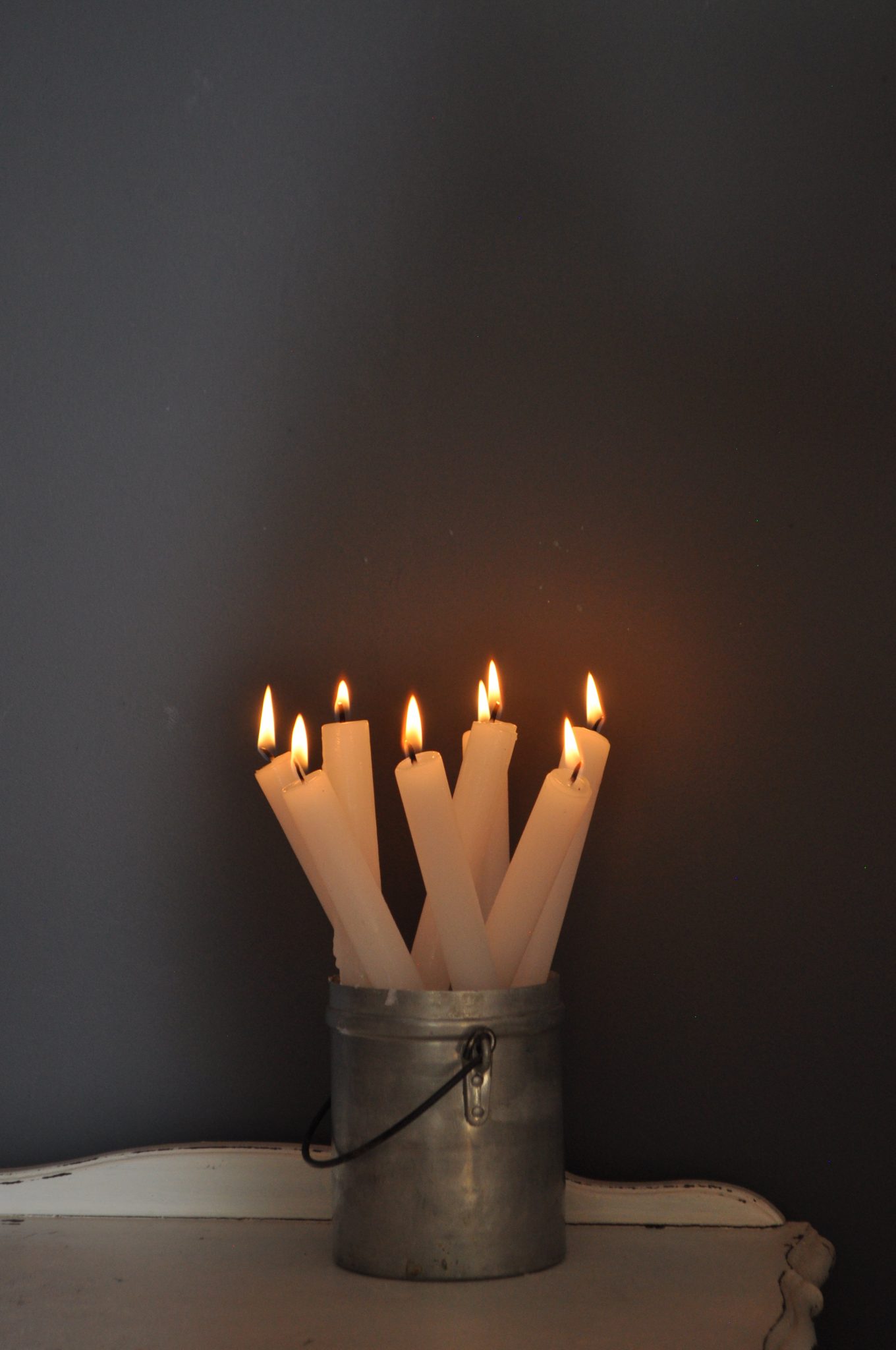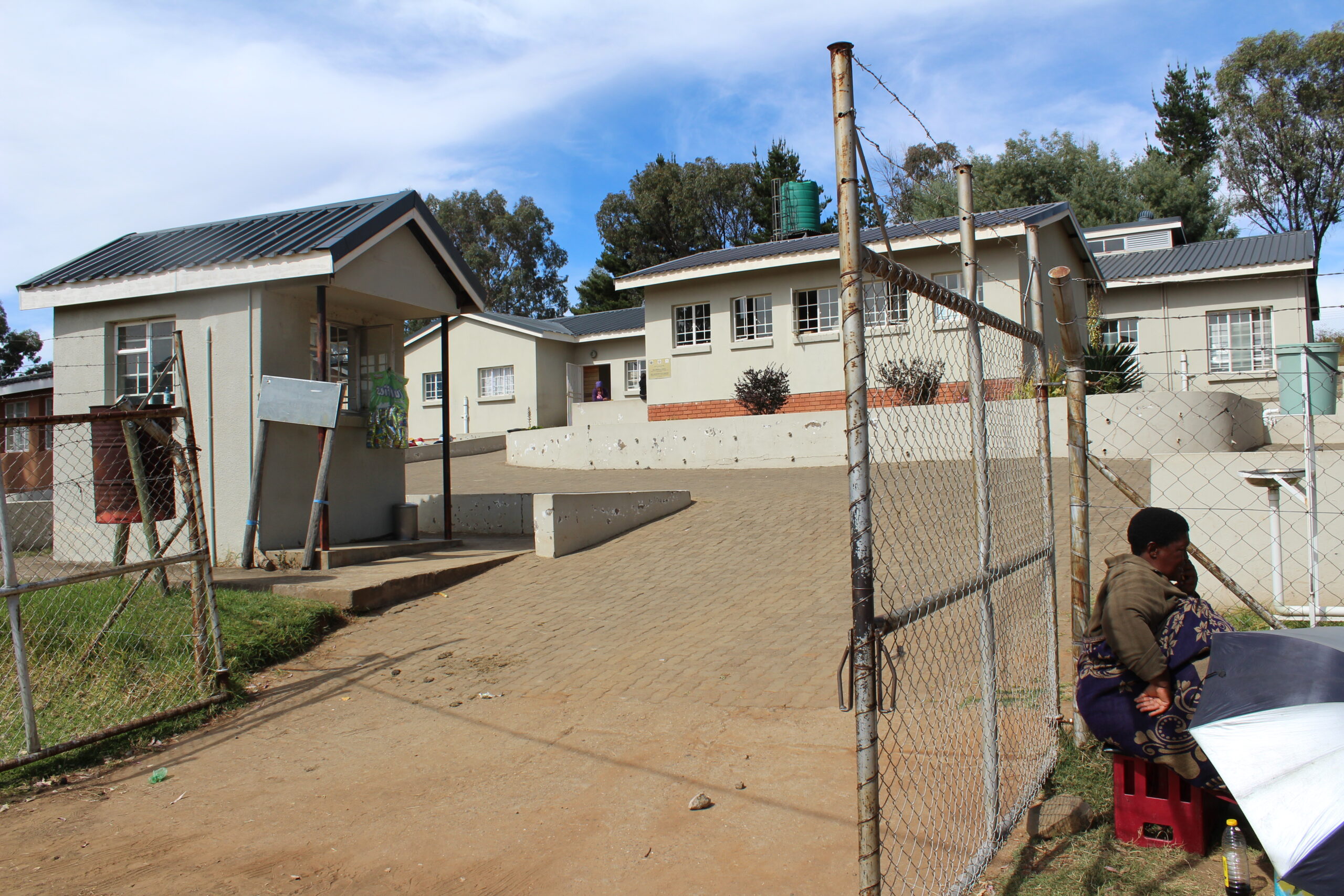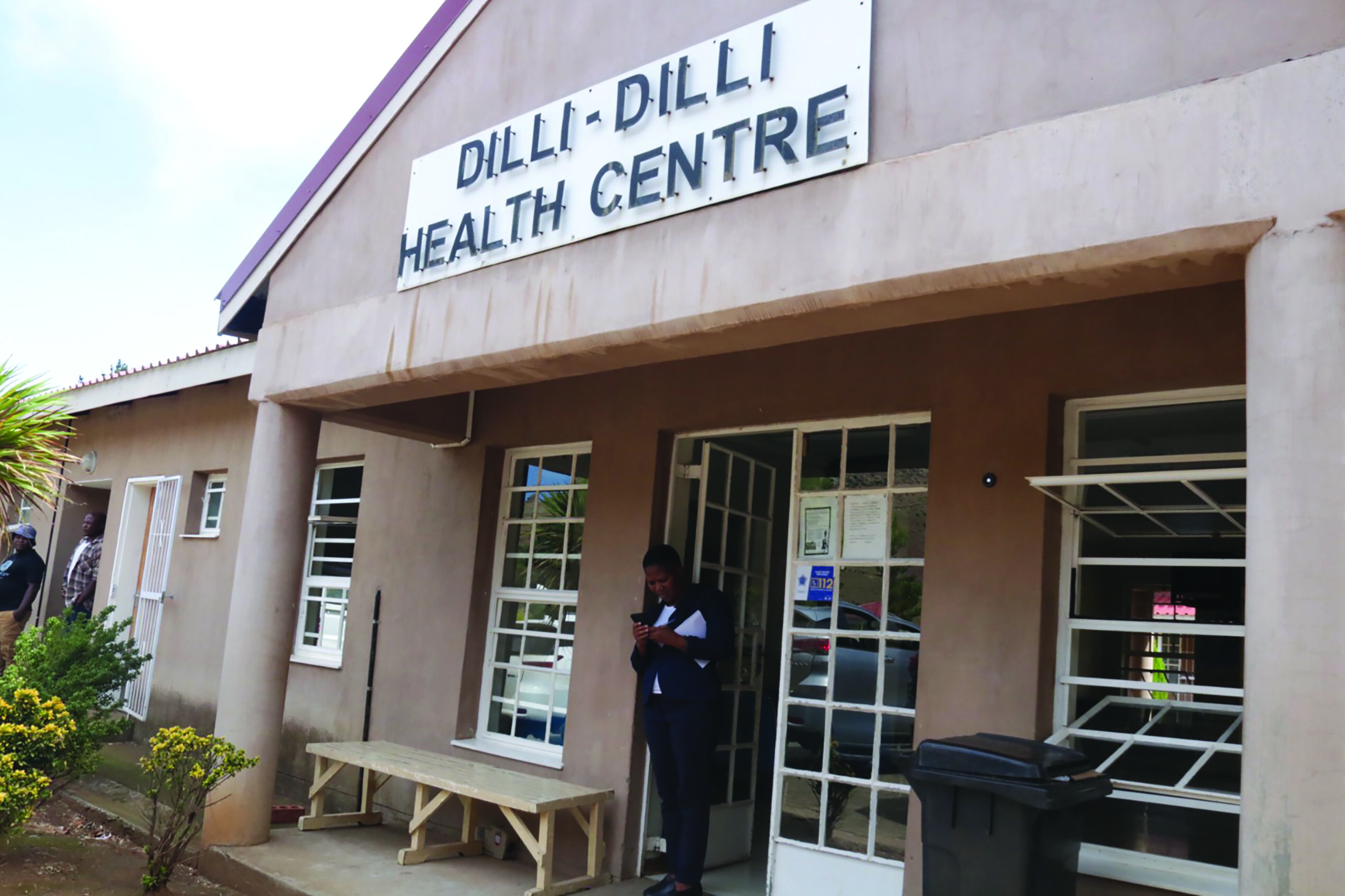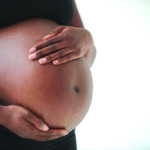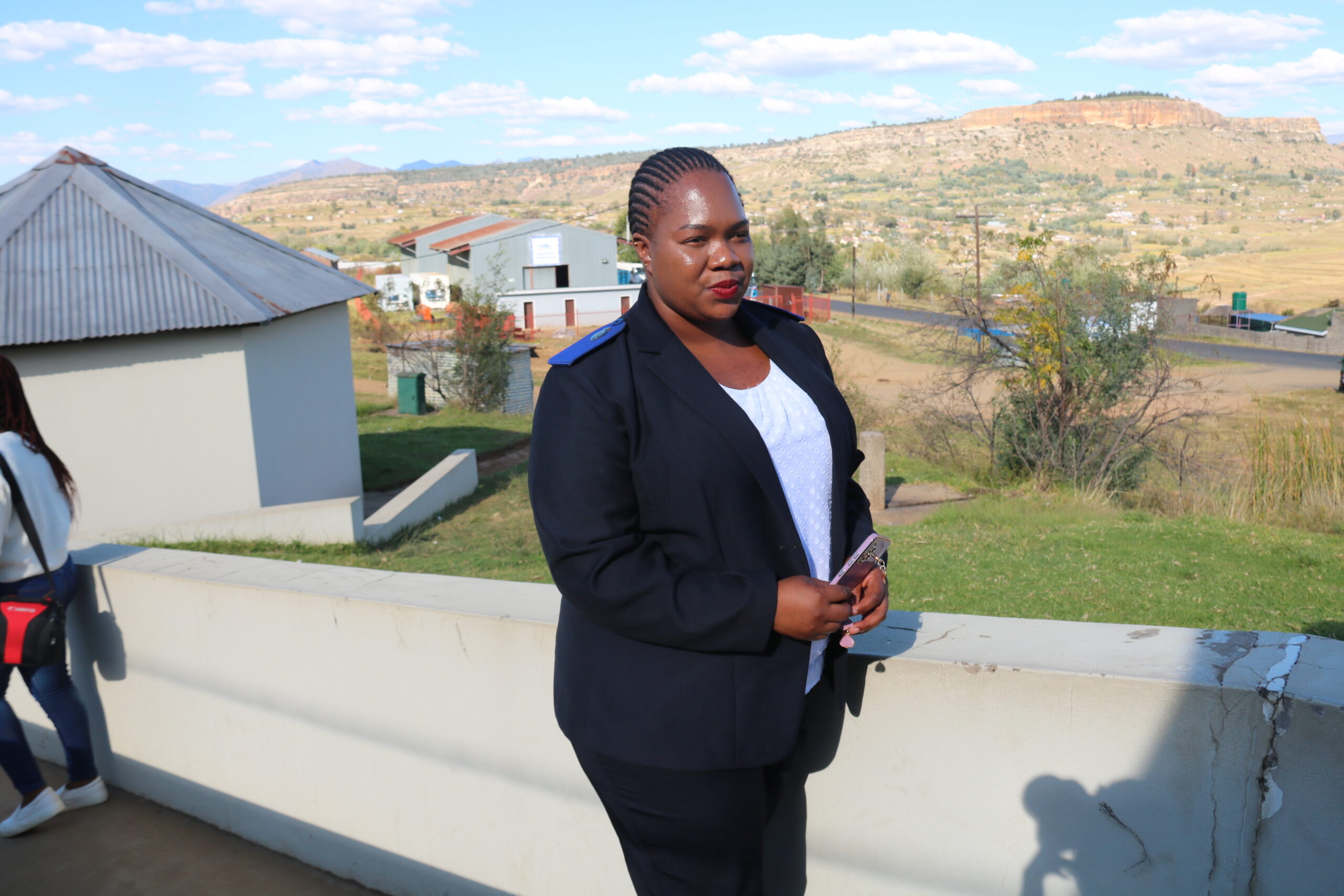Ntsoaki Motaung
Imagine you are a nurse trying to attend to a pregnant woman giving birth in the middle of the night, in a clinic without a reliable source of electricity.
You have to use a cell phone flashlight if it is charged.
This is what nurses at the St Peter Claver Clinic in Rothe on the outskirts of Maseru sometimes go through to help women deliver.
The Clinic’s nurse in charge, Makhala Malefetsane Nthontho, told Newsday recently that the clinic did not have access to clean running water and electricity.
“This is a problem, especially during those times when we have to assist women to deliver,†Nthontho said.
She was speaking to this publication following the launch of the integrated health services by the minister of health, Selibe Mochoboroane.
Childbirth in a clinic with a reliable source of electricity puts the lives of both the mother and the baby at risk.
Helping a woman deliver using a cell phone flashlight means a midwife might not see a new mother hemorrhaging.
The midwife might lose the mother or baby because one hand is holding the light source and has only one hand left to work.
Nthontho indicated that the clinic was solar-powered but said the sun-fuelled energy was not enough to sustain the whole clinic throughout the whole day and night.
“It becomes a problem for us when we have a pregnant woman going into labour at night,†she said.
She explained that when the clinic is running out of power and there is a woman who needs to give birth, they “sometimes use a cell phone torch to the help the woman to deliverâ€.
“In some cases, we do not even try to help them but refer them to the Scott Hospital in Morija, especially if the expectant mother is an adolescent,†she said.
UNICEF and the World Bank’s Health, Nutrition, and Population (HNP) team conducted a detailed Public Expenditure Review (PER) for Lesotho’s health sector covering a five-year period from fiscal years 2011/12 to 2015/16.
The results of the survey indicated that health outcomes were still extremely poor in the country, despite significant investments in the sector.
The Public Health Sector Expenditure Review report, published on November 2017, infant mortality (IMR) was 59/1000 live births while maternal mortality was 1,020/100,000.
The report also indicated that overall, Lesotho had achieved good levels of financial protection, much better than other Sub Saharan African countries.
It said Lesotho’s total health expenditure was 10.5 percent of Gross Domestic Product (GDP), higher than many countries in the Southern African Development (SADC) region and around double the level for Sub-Saharan Africa.
However, the report noted, allocation of resources and staff was biased in favour of Maseru.
It recommended that thought should be given to reallocating doctors to underserved districts to ensure patients have sufficient access.
It further indicated that there were several barriers still discouraging health facility attendance.
“In rural areas, over 30 percent of deliveries still take place at home,†read the report.
Nthontho told Newsday that their clinic, which serves not less than 10 villages in the community of Rothe, also lacked water. The nurses fetch water from the village with containers, she said.
“In some cases, we even request the patients to bring their own water. They could also be assisted by their relatives. As long as they have water, we are fine,†she said.
Nthontho indicated that apart from the lack of electricity and water, the clinic also had to deal with many adolescents who come to the clinic to give birth.
“I believe when it comes to clinics with a high number of adolescents getting pregnant, we can be ranked number one when compared to other clinics,†she said.
She said the clinic had records of adolescents giving birth at the ages of 13 and 14.
“With my own judgment, because no study was conducted, 90 percent of pregnant women attending their antenatal classes here are adolescents between the ages 13 to 18. When it comes to 20 years the numbers start to go down,†she explained.
Adolescent pregnancy is a global phenomenon with clearly known causes and serious health, social and economic consequences.
In November last year, this publication reported that the rate of pregnancy among teenagers remains a challenge in the country, with over 16,0000 cases of new Antenatal care (ANC) clients under 20 years recorded across the country between 2020 and 2021.
It reported that Berea district recorded 2,068 cases while Butha Buthe recorded 1,097 and Leribe 2,666 cases.
Mafeteng, according to the report, recorded 1,519 cases, Maseru 3,419, Mohale’s Hoek 1,294, Mokhotlong 1,245, Qacha’s Nek 828, Quthing 899, and Thaba Tseka 1,521.
Newsday said the figures were disclosed by ‘Mathato Nkuatsana, the ministry of health’s adolescent health program manager, at the Sexual and Reproductive Health and Rights (SRHR) workshop for journalists.
The issue of teenage pregnancies has been a center of attention for ages due to its impacts on society and young mothers as well.
The children of adolescents, according to studies, mostly face a hard life of deprivation and limited social and economic opportunities – if they survive birth.
Teenage girls who become pregnant often drop out of school, limiting their future economic opportunities and perpetuating a cycle of poverty.
Studies further show that newborns of adolescents are twice as likely to be stillborn or suffer neonatal death.
Neonatal death or neonatal mortality is defined as the death of an infant within the first 28 days of life.
Early childbearing is also associated with health risks for mothers. Teenage mothers are more likely to experience pregnancy-related complications that lead to maternal death.
Letsatsi Adoro, chairperson of the St Peter Claver Clinic, who is also the councillor in Rothe community indicated that the water and electricity problems were already being attended to.
“The water connectivity pipes are already being installed and we hope the project will be completed soon,†Adoro said.
He stated that as for electricity all the community leaders were working together to ensure that the project resumes and indicated that the contract for the installation of electricity had already been awarded.
In 2021, about 47.0 percent of households in Lesotho had access to electricity, concentrated mainly in urban areas, according to the International Trade Administration.
It said according to the country’s department of energy, Lesotho could potentially produce 450 MW of hydropower and several hundred more with wind power.
However, only 17 percent of this potential is being exploited, 96 percent of it at the ‘Muela hydropower plant and the rest from mini hydro-power plants in Mantšonyane, Mokhotlong, Tsoelike, and Semonkong.
Lesotho has an abundance of water in its mountainous areas but the in the lowlands, where most of the population lives, water availability is a problem.
The World Bank-funded Lesotho Water Sector Improvement Project, (Phase II), an Adaptable Program Loan, supported the Metolong Dam and Water Supply Program.
The program has brought water to the country’s lowlands and boosted the economy by supplying domestic and industrial water.
The Metolong Dam and Water Supply program was funded by multiple partners including the World Bank, the African Renaissance, and International Cooperation Fund of the Republic of South Africa.
The partners also included the European Investment Bank, the Saudi Development Fund, OPEC Fund, Kuwait Fund, Arab Bank for Economic Development in Africa, Abu Dhabi Fund for Development, and the Millennium Challenge Corporation.
The Government of Lesotho also contributed $6.8 million.
The 83-meter-high Metolong Dam now provides water to two-thirds of the country’s population.
In May 2019, the World Bank approved a new International Development Association (IDA) credit worth US $78 million to increase water availability and access to improved water supply services in two priority zones of the country and to improve the technical and financial performance of the Water and Sewerage Company of Lesotho (WASCO).

Your Trusted Source for News and Insights in Lesotho!
At Newsday Media, we are passionate about delivering accurate, timely, and engaging news and multimedia content to our diverse audience. Founded with the vision of revolutionizing the media landscape in Lesotho, we have grown into a leading hybrid media company that blends traditional journalism with innovative digital platforms.


